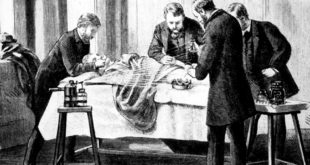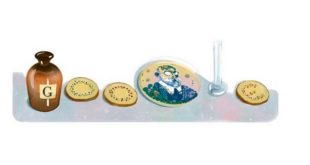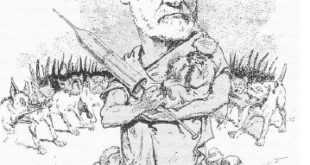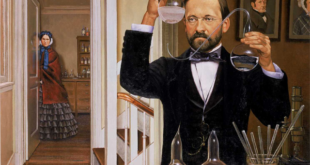Originally published in “Fermentation Organisms” by Albert Klöcker in 1903
Mention has been already made of the discovery of lactic acid bacteria by Pasteur, of their importance in distilleries, and of their recent introduction into the latter in the form of pure cultures.
The first to isolate a pure lactic acid bacterium for the above purpose was, as has been said, F. Lafar. The species isolated and applied by him was Bacillus acidificans longissimus, Lafar, the cells of which are 2.5 to 25 µ long and about 1 µ broad.
Bacillus acidi lactici, Hueppe, consists of immotile rods which are 1.0 to 1.7 µ, long and 0.3 to 0.4 µ, broad; they are frequently connected in pairs, rarely in four-membered chains.
This bacillus is aerobic and does not liquefy gelatine. It loses its souring power if it is cultivated for a long time on a sugar-free nutrient medium. As a result of seeding this species in wine, Kramer produced ” Zickenwerden” (lactic acid sharpness).
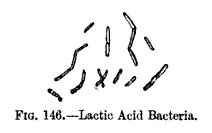
 Pasteur Brewing Louis Pasteur – Science, Health, and Brewing
Pasteur Brewing Louis Pasteur – Science, Health, and Brewing 